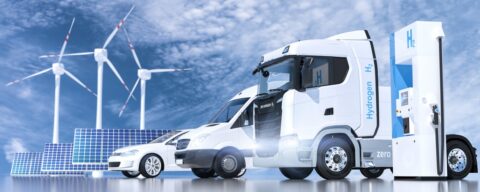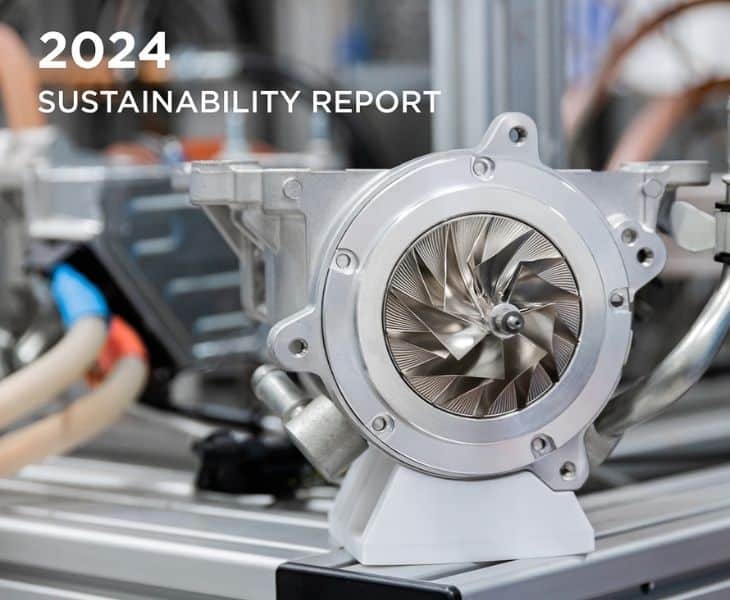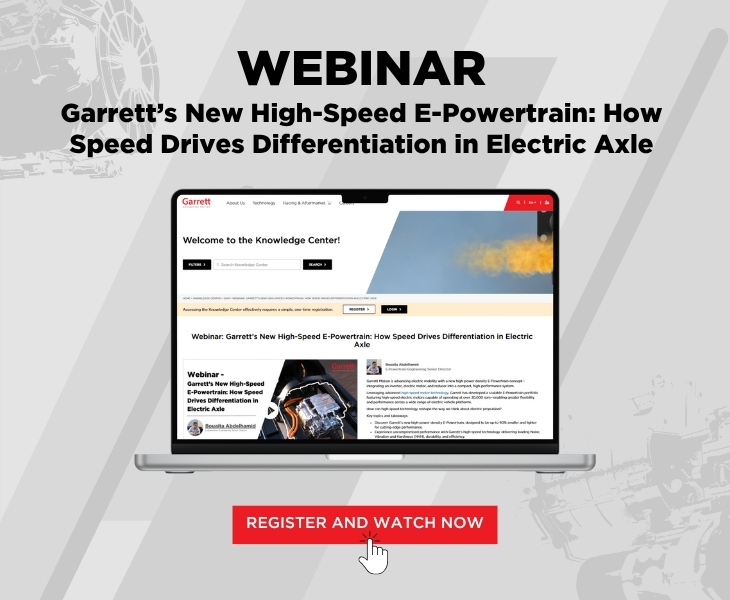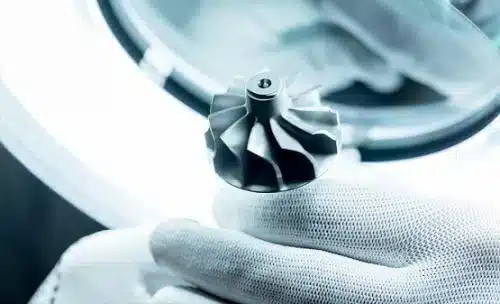Garrett Motion is set to take part in the “Sustainability in Mobility, Transportation and Power Generation Congress” on September 28-29, 2023. Our expert will present a new paper related to Hydrogen Combustion Systems. The event is hosted by TU Graz (University of Technology).
Technical Paper
Novel Boosting Solutions for the Challenges of H2-ICE
Stringent emissions regulations and global efforts to reduce CO2 are leading to major shifts from conventional gasoline and diesel powertrains towards battery electric and fuel cell electric vehicles. An alternative path could be a Hydrogen Internal Combustion Engine (H2-ICE). When fueled with green hydrogen, the H2-ICE produces quasi-zero CO2 and despite the challenges of hydrogen combustion, we can see strong development in this area from almost all Commercial Vehicle OEMs. The solution is clearly highly attractive for multiple applications.
Hydrogen fueled combustion engines could produce significant amounts of NOx emissions unless operated under ultra-lean conditions. This is due to the unique properties of hydrogen, such as its high dispersion kinetics, high ignitability, and high laminar flame speed. H2-ICE combustion is more efficient at higher lambda values and above lambda 2.5, it is virtually NOx-free. Our target, therefore, should be as lean as possible under all operating conditions.
The pressure ratio and air flow demand on the compressor side are significantly higher. This creates challenging requirements for the charging system. In contrast, however, a key issue is that, compared to diesel engines of a similar power density, the enthalpy available in the exhaust gas for the turbine is considerably lower for hydrogen combustion engines. In addition, due to its low resistance to knock, hydrogen combustion demands the use of significant amounts of charge dilution (EGR), which in return requires even more boost and turbine power.
Garrett is evolving turbo technologies to solve this classic target conflict by utilizing dedicated, high efficiency aerodynamics, multistage machines, and electrically assisted boosting solutions. This study uses 1D simulations (steady-state and transient) to explore, discuss and expand upon the implications of these solutions and poses the question of whether we can conceive an H2-ICE of comparable performance and transient characteristics to a modern diesel with zero CO2 and quasi-zero “ENGINE OUT” NOx emissions.
Speaker: Firat Akar, Garrett Motion
Authors: Firat Akar, Laurentius Jaeger, Petr Pribyl, Peter Davies – Garrett Motion
Publisher: TU Graz (University of Technology) – Austria.
Publication date: September 29th 2023, at the “Sustainability in Mobility, Transportation and Power Generation Congress”
RELATED TECHNOLOGIES
Hydrogen Internal Combustion Engine
Garrett’s expertise and innovative technologies enable OEMs to leverage the fuel benefits of hydrogen on a turbocharged internal combustion engine.










